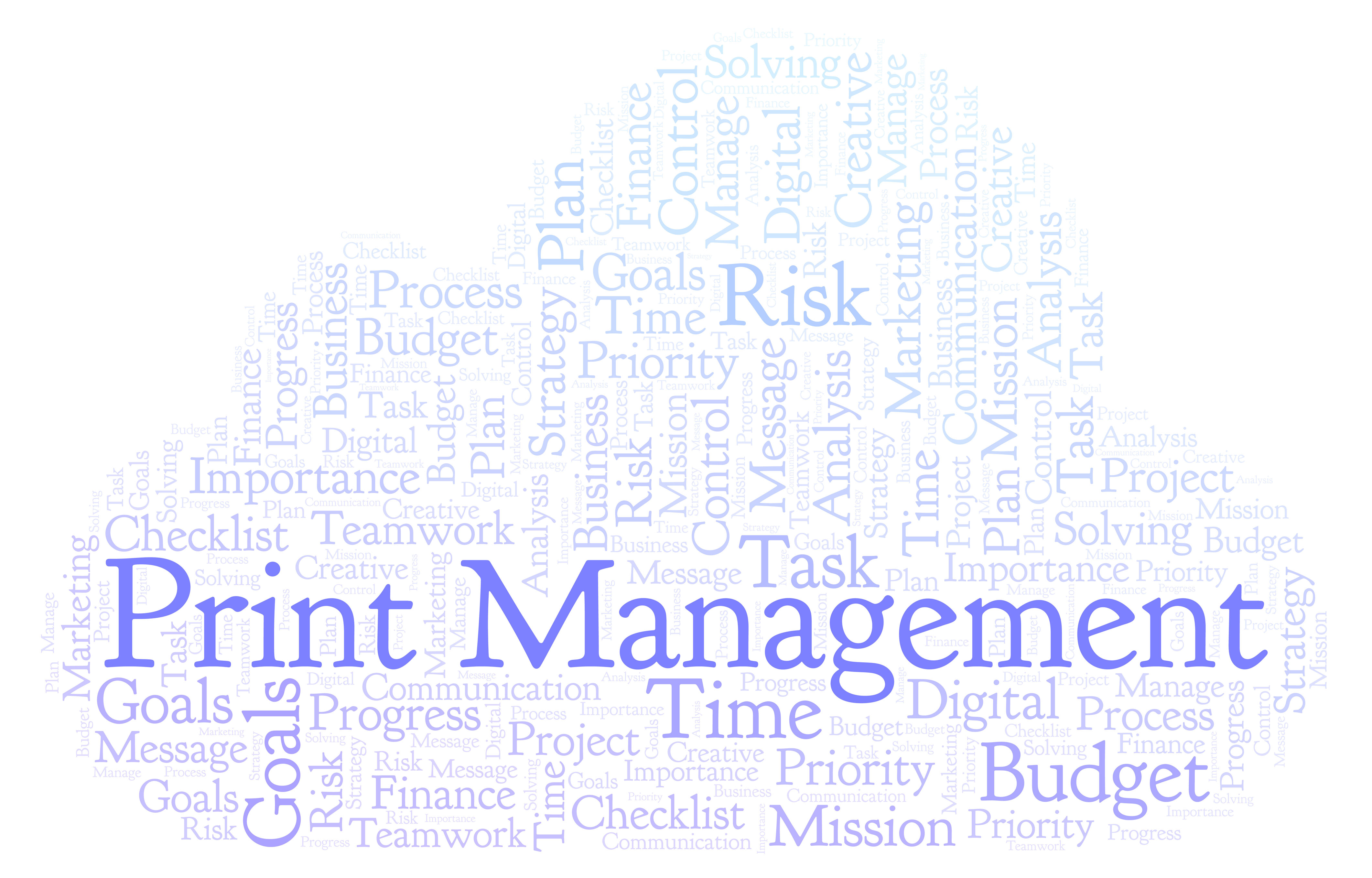Print Services and Custom Documents
You need easy and reliable access to the documents that keep your operation running. Stop wasting money with multiple vendors. GO2 Partners’ experienced printing experts give you the support your business needs to succeed, with easy online ordering, forms designed for your needs, and customer service ready to help.

Find a Solution for Your Printing and Document Needs
Custom solutions
When you’re missing essential forms and documents, your business slows. Creating custom documents for your company isn’t practical if you’re working with multiple vendors.
Supplier and distributor
GO2 Partners’ expert printing and document teams not only provide the highest level of customizability and customer service when designing your documents, but we also act as a supplier and distributor.
Turnkey solutions
Trying to manage the process can feel like you’re wasting your time and never getting the desired results. We’re an all-in-one, turnkey solution that takes the headache out of document and printing solutions.
Customizable checks and invoice forms
Without adequate invoice forms, it’s difficult to collect from your customers. With our customizable checks and invoices, we give you documents that boost your bottom line and promote brand recognition.

Additional form and document capabilities
GO2 Partners has a team dedicated to meeting customer document and form needs. Some of the capabilities we offer businesses include:
- Pressure seal and laser checks
- Double- and single-window envelopes
- Machine insertable envelopes
- Worksite delivery envelopes
- W2, 1099 and 1095 forms
- Print, mail and e-file
- Checks, invoices and statements
- Year-end forms
We can also provide other products and services related to documents and forms, including pressure seal machines.


Easy online ordering
Our services work around your schedule. Use the online ordering platform for a seamless buying experience and to manage your supply of documents and printing products. Simple and easy, exactly how it should work!
Promotional materials and apparel
Promotional products and branded apparel increase your company’s visibility and create a better work environment for your team. We’ll work with you to create marketing materials that emphasize your brand and keep customers engaged.

Access to Resources and Expertise
The custom document and printing division is just one member of the GO2 Partners family. If you want to learn how we can help, ask about the other departments at GO2.
Operations Management
Operational excellence and innovation are possible with the right partner.
Strategic Marketing
Providing strategic insight, planning and operational support to drive revenue growth.
Get the Help You Need, Today
Don’t waste time struggling with your essential forms and documents, or juggling multiple vendors. Contact GO2 Partners today to learn how we consolidate your essential document and printing services under one roof. Turnkey solutions. End-to-end service. We’re committed to being the easiest company you’ve ever done business with.

Customer Success Stories
See how GO2 Partners is pushing the boundaries of what's possible.
Latest News and Information

6 Ways a Print Management Program Saves Your Business Money
Keep Reading

5 Steps to Better Print Operations
Keep Reading
Industries

Manufacturing
Increase efficiency and output in both the front office and shop floor with GO2.

Cannabis
Staying on top of this market can be difficult if you don’t have the right partner. GO2 Partners can help.

SaaS
Making the right connections can keep your B2B SAAS company growing. Discover all the ways that we can help transform your business.
